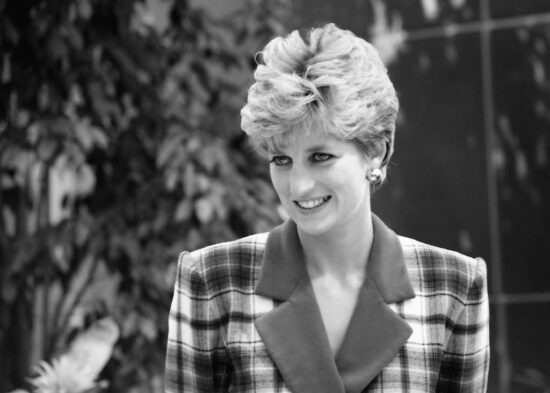Diana, Princess of Wales, born Diana Frances Spencer on July 1, 1961, in Park House, Norfolk, England, was a prominent figure in British royalty and an internationally recognized humanitarian. She captured the hearts of millions with her beauty, compassion, and down-to-earth personality. Her untimely death in 1997 shook the world and left a legacy.
Diana was the daughter of John Spencer, 8th Earl Spencer, and Frances Shand Kydd. She grew up in the Spencer family estate of Althorp in Northamptonshire, England, along with her three siblings. Her parents divorced when she was just eight years old, which had a profound impact on her early life. Diana had a close relationship with her father but endured a strained relationship with her mother.
Educated at Riddlesworth Hall School and West Heath School, Diana excelled in academics and sports. She had a natural talent for music and performed as a pianist and dancer. After finishing school, she worked various jobs, including as a nanny and a part-time teacher’s assistant.
In 1980, Diana’s life took a dramatic turn when she started dating Prince Charles, the heir to the British throne. Their courtship quickly became a media sensation, and the couple got engaged in February 1981. On July 29, 1981, Diana married Prince Charles at St. Paul’s Cathedral in a lavish ceremony witnessed by millions around the world.
As Princess of Wales, Diana immediately captured the public’s attention. She brought a breath of fresh air to the British monarchy with her approachable nature and genuine care for people. Diana became involved in numerous charitable activities, focusing on causes like children’s welfare, homelessness, and HIV/AIDS awareness.
One of Diana’s most iconic charitable endeavors was her work with AIDS patients. In the late 1980s and early 1990s, when there was widespread fear and stigma surrounding the disease, Diana fearlessly embraced those affected by HIV/AIDS, visiting hospitals and hugging patients, challenging misconceptions and changing attitudes towards the disease. Her efforts helped dispel myths and raise awareness about the condition.
In addition to her charity work, Diana was also a devoted mother to her two sons, Prince William and Prince Harry. She aimed to provide them with a normal childhood, often taking them to amusement parks, public events, and even schools outside the palace. Diana’s warmth and dedication as a mother resonated with people across the globe.
Despite their early fairy tale image, Diana and Charles’s marriage encountered difficulties, leading to their separation in 1992 and subsequent divorce in 1996. The divorce was a highly publicized event and marked a significant turning point in the British monarchy’s modern history.
Tragically, Diana’s life was cut short on August 31, 1997, in a car accident in Paris, France. Her sudden death triggered an outpouring of grief worldwide, with millions mourning the loss of the “People’s Princess”. Diana’s funeral, held at Westminster Abbey, was watched by an estimated 2.5 billion people globally.
Diana’s impact on society extended far beyond her royal status. Her philanthropic work, style, and authenticity made her a beloved figure who continues to inspire people to this day. Through the Diana, Princess of Wales Memorial Fund, established after her death, her charitable legacy lives on, supporting various causes around the world.
Diana’s life and humanitarian efforts remain a testament to the power of compassion and the ability to make a difference in the lives of others. Her legacy as the “Queen of Hearts” endures, and she will forever be remembered as a remarkable woman who brought warmth, humanity, and a touch of magic to the world.
Sources:







